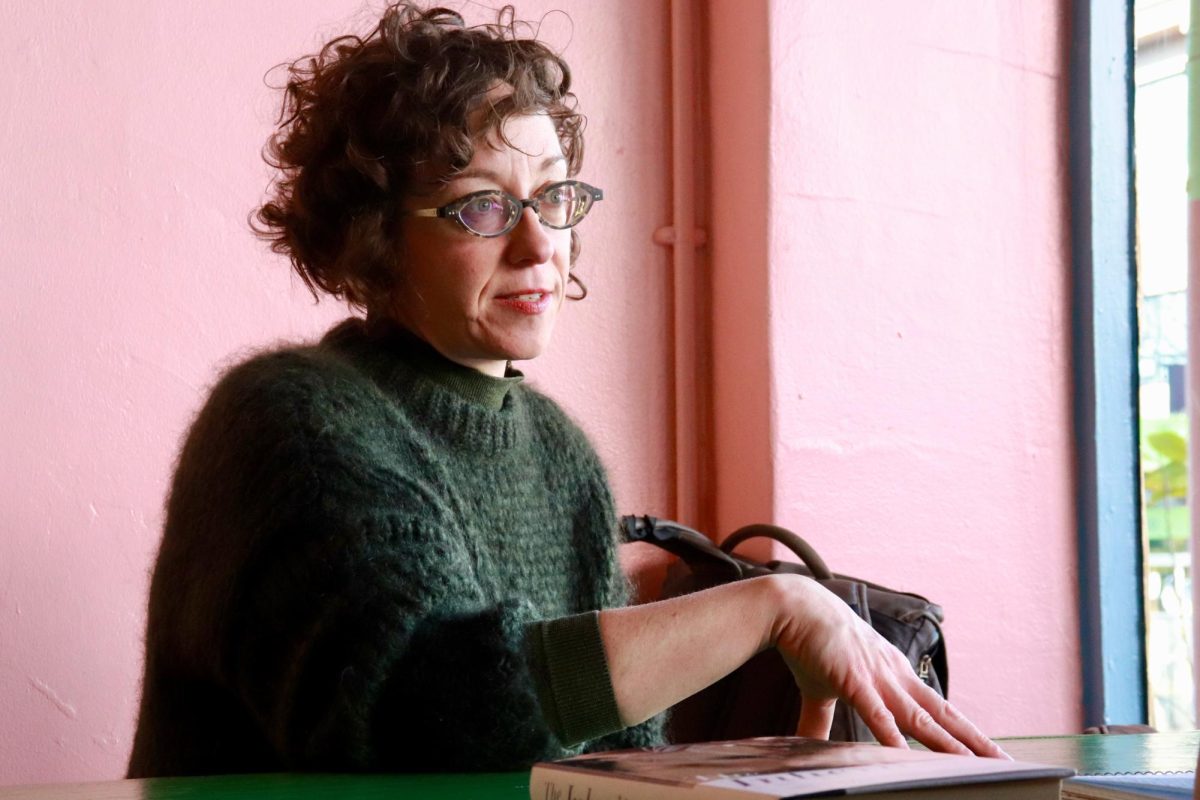The role of language in journalism is critical to ensuring that news stories accurately reflect and represent the issues and people in the stories.
The Associated Press (AP), a news wire service created in 1848, is considered the gold standard for using grammar, journalistic style and keeping the language of journalism consistent with professional standards of ethics and best practices.
AP style has evolved over the years to account for changes in technology and evolving societal norms. In The Hawk series, “Confronting Racism,” we are mindful of how the language of journalism specific to race and culture has changed over time. Reporters no longer use words in news stories that were accepted decades prior, let alone language from a century ago.
For example, Hawk stories from the 1950s used the word “negro” to refer to black people. In the 1970s, the term “the blacks” was used to describe students of African descent.
The news article “BAS proposes awareness drive,” published in The Hawk on April 27, 1973 detailed a proposed plan to increase the retention rate of students of color on campus.
A quote from the story reads: “The meetings were initiated by the blacks out of a feeling that their needs were not being fully met by the college.”
The Hawk referred to students of African descent as “the blacks” three times and “blacks” three times throughout the article.
Best practices now require allowing sources to self-identify.
Cherri Gregg, a multimedia reporter and the host of Flashpoint on KYW Newsradio, said that when covering stories about race, she makes sure to ask groups and individuals how they identify.
“People want to be recognized with respect,” Gregg said. “So I think that it is about empowering people [by] defining themselves, versus us defining them.”
The Diversity Style Guide, an additional online resource for journalists and other media professionals, also provides specific guidelines for language related to race, ethnicity, gender identity and sexual orientation, among others. Published by the Center for Integration and Improvement of Journalism at San Francisco State University, the guide also recommends that journalists ask sources how they identify.
The entry for African American/African American/Black/black states: “People in the United States who share a lineage that can be traced directly or indirectly to Africa. Black and African American do not necessarily mean the same thing and individuals may prefer one term over the other. It’s best to ask.”
Sarah Glover, President of the National Association of Black Journalists (NABJ), said that the NABJ has been working with other organizations to provide the most effective guidelines for journalists.
“NABJ has also recently contributed to updates to the AP Stylebook, which has released new entries to provide guidance on dealing with issues of race that we are, unfortunately, still facing in this country,”
Glover said in a statement to The Hawk. Professional organizations representing journalists from other marginalized communities, the Native American Journalists Association (NAJA), Asian American Journalists Association (AAJA), National Association of Hispanic Journalists (NAHJ) and The Association of LGBTQ Journalists (NLGJA), have also created style guidelines that provide more inclusive and accurate language about race.
Since 2008, the AP style guidelines have recommended the use of the term black over African American when referring to a person of African descent. The term African American should be used when writing about an American black person of African descent or when it is a source’s preference.
Aisha Lockridge, Ph.D., associate professor of English, said the term black can be interpreted as more inclusive than African American. “I know that sometimes people feel like African American is more politically correct,” Lockridge said, “but I think it closes off a lot of people who might feel like they fit under the umbrella of blackness.”
AP style guidelines also encourage the use of “person-first” language, which further affirms the importance of language when covering complex topics. Gregg said that giving communities control of how they are represented can be empowering.
“I am very sensitive to minority communities that have been persecuted or oppressed,” Gregg said. “Those communities should be able to define themselves. I don’t think it should be me, whose job is to simply observe as a witness, to define them.”
Lockridge added that although it is important for journalists to cover topics concerning race mindfully, it should not be an attempt to diminish the value of differences among individuals.
“That might be interesting to celebrate the differences and use those differences to kind of marshall our way forward,” Lockridge said. “I think too much is done to say that we are all kind of the same and we are all human. It’s like, we got that, right? How are we different, and how are our differences interesting and useful?”







































